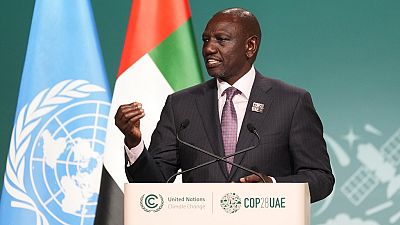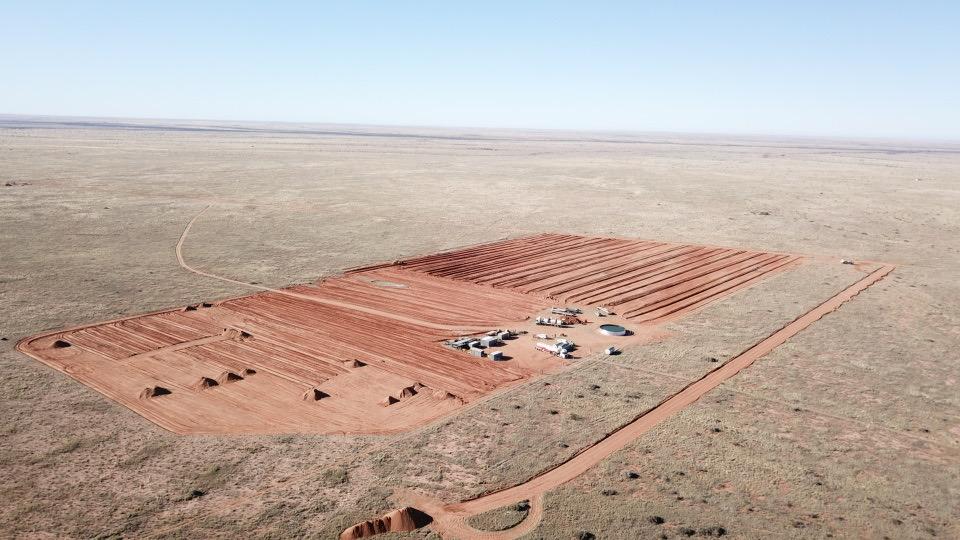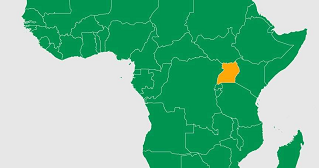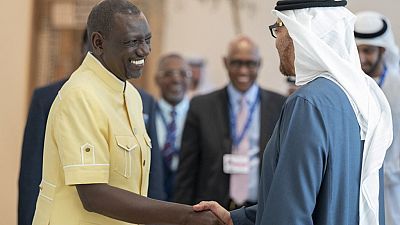Kenya court suspends privatisation of 11 companies

Kenya
A court has suspended the privatisation of 11 state-owned companies in Kenya, including the national oil and gas company, following an appeal by the main opposition party, a court source said on Tuesday.
According to main opposition leader Raila Odinga, the sale of the state’s holdings should be subject to a referendum because of the strategic importance of the companies concerned in this country, the economic powerhouse of East Africa.
In his decision handed down late on Monday, High Court judge Chacha Mwita said he was “satisfied that the (opposition) application raises constitutional and legal issues of public importance that require critical examination”.
The sale process has therefore been suspended until 6 February, when the case will be examined on its merits.
On November 27, the Kenyan government announced the sale of stakes in 11 public companies in order to replenish the state coffers, at a time when tax revenues are falling short of its targets.
The Kenyan economy is plagued by galloping inflation and a plummeting currency, which has caused the cost of debt repayment to soar.
The 11 companies, including the national oil and gas company and one of its operators, agricultural enterprises and a publishing house, are among the 35 that President William Ruto announced last week that he wanted to privatise.
At the end of June, the public debt of the country of some 53 million inhabitants stood at more than 10,100 billion shillings (64.4 billion euros), according to the government, or around two-thirds of gross domestic product.
The cost of servicing the country’s debt, mainly to China, has soared while the Kenyan currency has plummeted to record levels, with the shilling now trading at around 153 to the dollar.
The agricultural sector, which accounts for 21% of GDP in 2022 and is the biggest contributor to the Kenyan economy, has been hard hit by the recent drought, followed by torrential rains.
Since Kenya passed a privatisation law in 2005, only six public companies have been partially sold, including the largest telecommunications operator Safaricom and electricity producer KenGen.
Source: africanews, 5th December 2023
Kenya court suspends privatisation of 11 companies

Kenya
A court has suspended the privatisation of 11 state-owned companies in Kenya, including the national oil and gas company, following an appeal by the main opposition party, a court source said on Tuesday.
According to main opposition leader Raila Odinga, the sale of the state’s holdings should be subject to a referendum because of the strategic importance of the companies concerned in this country, the economic powerhouse of East Africa.
In his decision handed down late on Monday, High Court judge Chacha Mwita said he was “satisfied that the (opposition) application raises constitutional and legal issues of public importance that require critical examination”.
The sale process has therefore been suspended until 6 February, when the case will be examined on its merits.
On November 27, the Kenyan government announced the sale of stakes in 11 public companies in order to replenish the state coffers, at a time when tax revenues are falling short of its targets.
The Kenyan economy is plagued by galloping inflation and a plummeting currency, which has caused the cost of debt repayment to soar.
The 11 companies, including the national oil and gas company and one of its operators, agricultural enterprises and a publishing house, are among the 35 that President William Ruto announced last week that he wanted to privatise.
At the end of June, the public debt of the country of some 53 million inhabitants stood at more than 10,100 billion shillings (64.4 billion euros), according to the government, or around two-thirds of gross domestic product.
The cost of servicing the country’s debt, mainly to China, has soared while the Kenyan currency has plummeted to record levels, with the shilling now trading at around 153 to the dollar.
The agricultural sector, which accounts for 21% of GDP in 2022 and is the biggest contributor to the Kenyan economy, has been hard hit by the recent drought, followed by torrential rains.
Since Kenya passed a privatisation law in 2005, only six public companies have been partially sold, including the largest telecommunications operator Safaricom and electricity producer KenGen.
Source: africanews, 5th December 2023
 afric-Invest
afric-Invest



